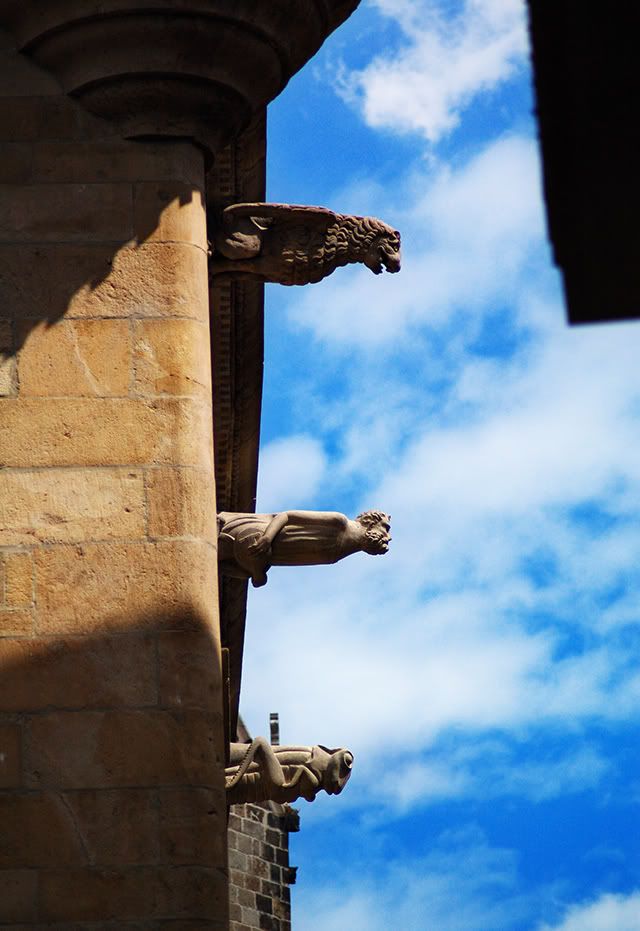Barcelona is a city where tradition and modernity interact constantly. While Antoni Gaudí’s Sagrada Família or the Gothic Quarter often take the spotlight, the real character of Barcelona lies in its neighborhoods. Among these, the Gràcia quarter stands out for its history, independent spirit, and cultural life. It is here, on Carrer de Verdi, that one finds Cines Verdi, an institution that has become more than a cinema: it is a cultural reference point for the entire city.
The Neighborhood: Gràcia’s Independent Spirit
Originally an independent village until annexed to Barcelona in 1897, Gràcia has preserved its identity. Narrow streets, local squares, and strong neighborhood associations maintain its communal character. It is bohemian, authentic, and less overwhelmed by mass tourism than other parts of the city. Gràcia values artistic expression, small businesses, and cultural initiatives rooted in community.
This background helps explain why Cines Verdi thrived here. The cinema’s dedication to films in original version (VO), its focus on independent and international productions, and its refusal to follow the commercial multiplex model fit perfectly with Gràcia’s sense of authenticity and cultural independence.
Origins: From Spectacle Hall to Cinema
The story of Verdi begins in 1893, when the Fomento para la Protección de Gracia opened a hall for public spectacles on Carrer de Verdi. The building has taken many forms, reflecting both the neighborhood’s evolution and the city’s history.
- Civil War years (1936–1939): The venue was used as a children’s canteen, showing how cultural spaces were repurposed in times of hardship.
- Postwar period: The upper floor became El Gran Salón Verdi, a dance hall, providing a social outlet during repression and scarcity.
It was only later, in the second half of the 20th century, that the space fully became a cinema. By the 1980s, Cines Verdi was already a reference point for cinephiles seeking films outside the mainstream.
The Expansion: Verdi and Torrijos
In 1995, Cines Verdi expanded with new screens on Carrer de Torrijos, reinforcing its role in Gràcia. Unlike conventional multiplexes, Verdi maintained its character as a cultural cinema. Its five screens on Verdi and additional ones on Torrijos allow for varied programming.
The cinema has received two Sant Jordi awards and the European Cinema Award (2002), which recognized its contribution to European film culture.
What Makes Cines Verdi Different
- Original Version Programming: In a country where dubbing is the norm, Verdi’s commitment to subtitled screenings is crucial. It attracts international residents, language learners, and locals who value authenticity.
- Diverse Selection: Independent European films, auteur cinema, Latin American productions, and documentaries find their place here, alongside selected mainstream titles. The cinema offers an alternative to Hollywood dominance.
- Cultural Environment: Just steps away, the Café Salambó acts as a counterpart. Named after Flaubert’s novel, Salambó has long been a meeting point for writers, critics, and film lovers. It also hosts the Salambó Prize, which rewards the best book of the previous year, bridging literature and cinema.
Verdi in the Context of Barcelona’s Cinema Scene
Barcelona has a long film history. The first Spanish film with a plot, Riña en un café (1897), was directed here by Fructuós Gelabert. The city is also home to the Filmoteca de Catalunya, since 2012 located in El Raval, with screenings, archives, and exhibitions. Another landmark, Cinemes Méliès, is known for its focus on original-language screenings.
Even within this rich landscape, Cines Verdi holds a special place. It combines the accessibility of a neighborhood cinema with the standing of an international cultural venue. For many residents, a film at Verdi is not just entertainment but part of a cultural habit.
Gràcia’s Cultural Surroundings
Cines Verdi is tied to the wider cultural fabric of Gràcia. Around it, one finds:
- Casa Vicens, one of Gaudí’s early works, mixing Moorish and modernist elements.
- Casa Fuster, a Domènech i Montaner building once called “the most expensive house in Barcelona.”
- Plaça del Nord, with the Lluïsos de Gràcia, a socio-cultural association founded in 1879.
- Independent shops such as Cinemascope, dedicated to cinema memorabilia.
These surroundings show that Verdi is not an isolated venue but part of a larger cultural ecosystem that makes Gràcia a center of intellectual and artistic activity.
Recognition and Endurance
Cines Verdi’s awards reflect its importance. The European Cinema Award (2002) placed it among Europe’s cultural landmarks. The cinema has become an emblem of Barcelona’s commitment to cultural diversity and openness.
Despite challenges—ranging from the Spanish Civil War to the current pressure of streaming platforms—Verdi has survived. Its strength comes from loyal audiences and its ability to adapt while staying true to its principles.
Barcelona’s Broader Cultural Narrative
The existence of Cines Verdi also reflects Barcelona’s evolution. Since the Universal Exhibition of 1888 and the urban plan of Ildefons Cerdà, the city has tried to combine tradition with innovation. Verdi embodies this blend: rooted in local identity but open to international culture.
Barcelona today is a UNESCO Creative City of Literature, home to countless festivals, museums, and cultural institutions. But it is places like Cines Verdi that ensure culture is not reduced to monuments or events but remains a shared, everyday experience.
Cines Verdi is more than a cinema. It is a symbol of Barcelona’s cultural resilience, an anchor of authenticity in a globalized world. In Gràcia, where independence and creativity thrive, Verdi represents the continuity of a tradition that values film as art, language as identity, and cinema as a communal act.
To watch a film at Verdi is to take part in over a century of history, to connect with a neighborhood that resists superficiality, and to embrace a Barcelona that is both local and international at the same time.








